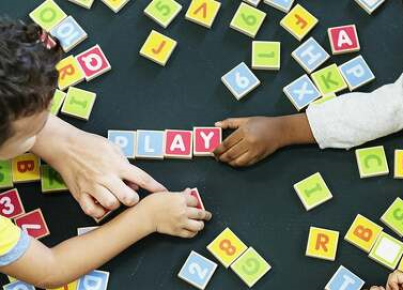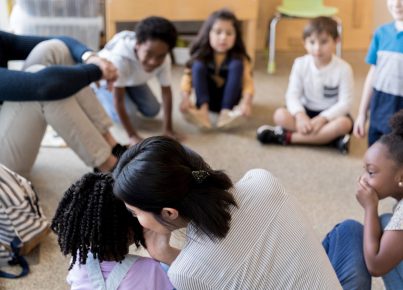Introduction:
Improv games can unleash a student’s creativity, communication, and team-building skills. They foster an environment of trust and camaraderie while focusing on quick-thinking and adaptability. Here are 25 fantastic improv games designed to help students improve their communication skills while having lots of fun.
1. Freeze: Two students perform a scene. Whenever another student yells “freeze”, performers must freeze in place as the new student takes over in the same position.
2. Zip Zap Zop: Students stand in a circle and pass the energy using names and strong eye contact.
3. Forward/Reverse: A group of students performs a scene with the option of an outside participant yelling “reverse” or “forward” to change the scene’s direction.
4. One Word At A Time Story: Students construct a story by contributing one word at a time.
5. Party Quirks: One student hosts a party, while others act as guests with unusual quirks or characters.
6. World’s Worst: Students are asked to display the world’s worst example of various jobs or tasks in humorous situations.
7. Emotional Symphony: Four students play characters representing different emotions while narrating a specific group experience.
8. Alphabet Game: Students perform a scene with each sentence starting progressively from A to Z.
9. Gibberish Translator: Two students speak gibberish while another acts as their interpreter.
10. Alien Tiger Cow: A fast-paced game requiring physical movement where students become aliens, tigers, or cows and face each other in rounds.
11. Dr Know-it-All: Multiple students work together to form an all-knowing entity answering questions from the audience.
12. Sound Ball: An imaginative game where participants throw, catch, and make corresponding sounds of an imaginary ball.
13. Whoosh!: Students transfer energy across the room in this fun reaction game.
14. Slideshow: A team describes and acts out pictures from an unseen imaginary slideshow.
15. Bus Stop: Students play characters waiting at a bus stop and must adapt to newcomers’ behaviors.
16. Question Game: Participants communicate only through questions while performing a scene.
17. Death in a Minute: A student starts as an onstage character, but others join one by one and meet comical death scenes.
18. Silent Opera: Students perform a musical scene silently, relying on physical expressions to convey emotions and actions.
19. Two-Headed Expert: Two students play one character with two heads, speaking sentences one word at a time.
20. Three-Rule Scene: Participants create unique rules for their character during a scene that they must follow throughout the performance.
21. Late for Work: One student guesses workplace offenses created by other students through non-verbal clues.
22. Moving Bodies: Two participants are statues in a gallery, while others give them life through motion or dialogue.
23. Ding!: Performers act out a scene with the freedom of changing their last line whenever an outside participant dings a bell or chimes in.
24. Rerun Machine: Students play various TV channels with short scenes performed on command.
25. Switch Change Rotate: A group of four students participate in four simultaneous scenes, controlled by an outsider who directs them to switch places when needed.
Conclusion:
These improv games can create laughter and strengthen connections between students as they learn to break barriers, experiment with creativity, and hone communication abilities critical for future success in school and beyond. Encourage students to enjoy these engaging exercises while mastering valuable life skills!





